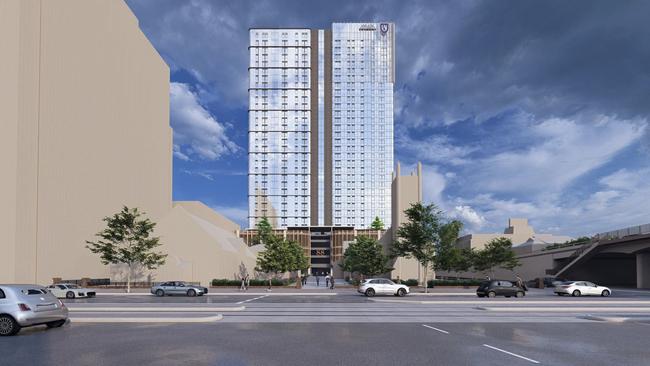[PRO] Re: North Terrace/Morphett Street | Trinity City | ~110m | 28 Levels | Office
Posted: Wed Apr 26, 2023 2:56 pm
Housing design and maintenance has a lot to answer for, with there being a lack of open space (not just 'infill') and then a lack of place value which is important in maintaining and nurturing vegetation of all types on residential property.dbl96 wrote: ↑Tue Apr 25, 2023 8:18 amExactly. A tree is a tree. Native trees are valuable, but so are exotic ones.Llessur2002 wrote: ↑Wed Apr 12, 2023 5:20 pmI'll try to find the papers and link to them when I get the time but I was reading into this a few months ago. In a nutshell, deciduous (i.e. almost exclusively exotic) trees are typically superior to most Australian native trees for mitigating urban heat island effect due to their denser canopies. The one edge natives tend to have in this regard is they trap less heat at ground level overnight due to the aforementioned sparser canopy, but that's at the expense of preventing heat build-up in the first place.
In urban environments it's therefore arguable that many mature exotic trees are just as, if not more, worthy of protection (and planting) as natives.
With regards to trunk circumference, this is in most cases directly related to maturity and therefore canopy cover so it makes sense to preserve the biggest examples which have the greatest impacts.
Its also worth pointing out that many "native" trees are not actually native to Adelaide. Why exactly is a tree like a lemon-scented gum (native to Queensland) more valuable than a celtis (native to North America)? Neither are from this place, and neither are part of its native ecosystem.
All large trees should be preserved at all cost, because they take so long to replace. However, we also need better protection for all other urban vegetation - smaller trees and bushes make up the majority of the urban greenery that off-sets the urban heat island effect and provides homes for wildlife.
Urban infill has become the bogeyman for decreasing urban tree cover, but as I see it, the main issue is actually with demolition practices. Often, vegetation on a building site would actually fit around what is proposed to be built. However, unless forced by law to protect particular trees, demolition contractors always completely level the block, destroying all vegetation right up to the fence-line, presumably because it is the easiest thing to do.
Rather than being able to destroy unregulated vegetation, developers should not be allowed to clear vegetation which falls outside of the footprint of the proposed building.
